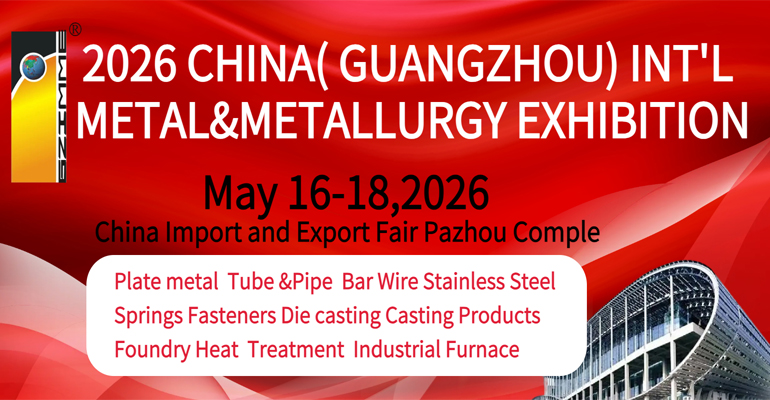Major Japanese steel manufacturers are speeding up technology development and investment in a push to decarbonize their operations.
According to statistics compiled by the National Institute for Environmental Studies, carbon dioxide emissions from the steel industry account for roughly 50pct of the total from the domestic industry sector. Decarbonization by steelmakers, therefore, is essential to Japan’s bid to achieve carbon neutrality by 2050.
The top three steelmakers operate blast furnaces, which produce steel by burning iron ore and coking coal. They are making efforts to expand the size of electric furnaces, which emit less CO2 than blast furnaces, and to develop a method for substituting hydrogen for coking coal in steel production.
JFE Steel, a subsidiary of JFE Holdings, has decided to shut down a blast furnace at its West Japan Works Kurashiki in Okayama Prefecture, as early as 2027 and replace it with a large-scale electric furnace. CO2 emissions from electric furnaces, which melt and recycle scrap steel, are only about one-quarter of those from blast furnaces per production amount.
The company will close the No. 2 blast furnace, the oldest of the three units at the steelworks in the city of Kurashiki. It will continue to use the remaining two blast furnaces in order to maintain production at the plant. “We will be able to reduce CO2 emissions by about 3 mln tons annually,” President Yoshihisa Kitano said.
But steel output by electric furnaces uses a large amount of high-quality steel scrap as raw material. Kitano suggested that including scrap collection bases, the amount of investment needed for the shift is expected to reach at least several tens of billions of yen.
Industry leader Nippon Steel is also putting efforts into making use of large-scale electric furnaces.
In October last year, the company started commercial operations of a new electric furnace at its Setouchi Works Hirohata Area in Himeji, Hyogo Prefecture, western Japan.
At the No. 2 blast furnace in the East Nippon Works Kimitsu Area in Chiba Prefecture, eastern Japan, the company is preparing to conduct a demonstration test for cutting the volume of coking coal and instead using hydrogen gas for combustion.
The test at the plant in the city of Kimitsu, the first of its kind in the world involving a large-scale blast furnace, is scheduled to start in January 2026.
Furthermore, Nippon Steel is developing a new method for iron ore reduction, a process to remove oxygen from iron ore, by using only hydrogen and doing without coking coal.
Ahead of its two industry competitors, Kobe Steel received an order from a Swedish steel venture company for an iron ore reduction facility that uses only hydrogen as a reducing agent. Kobe Steel hopes that the facility, with an annual production capacity of 2.1 mln tons, will start operating in 2025.
The facility is expected to use hydrogen produced from renewable energy sources, raising hopes that it will slash CO2 emissions by about 95pct compared with conventional processes for making iron and steel.


